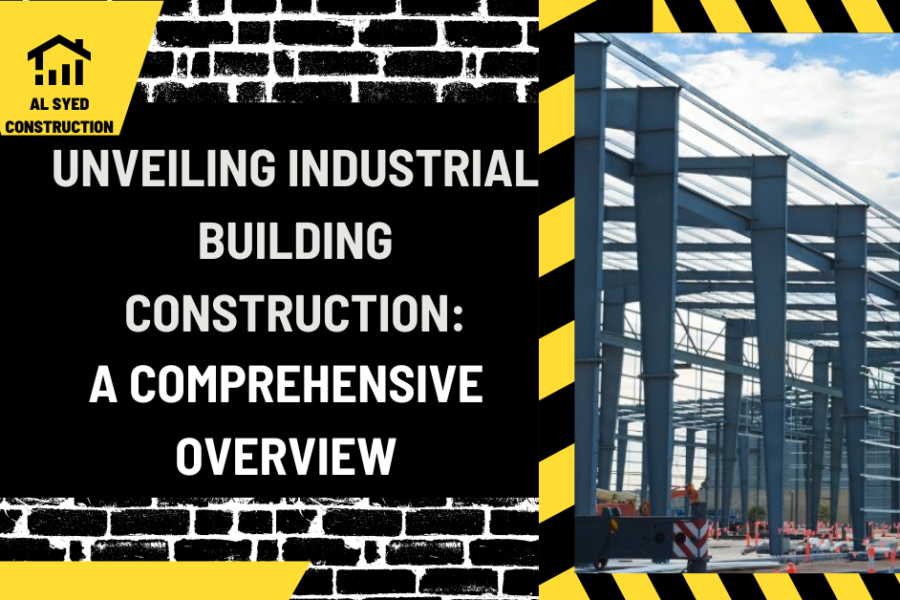Unveiling Industrial Building Construction: A Comprehensive Overview
Table of Contents
Introduction
Industrial building construction encompasses the design, development, and erection of structures primarily used for manufacturing, production, and distribution activities. These buildings, often characterized by their large scale and functional design, play a crucial role in supporting the operations of various industries. This article delves into the defining features of industrial construction, the types of structures commonly associated with this sector, and the considerations that influence their design and construction.
Characteristics of Industrial Buildings
Functional Design and Layout
Industrial buildings are designed with a focus on functionality and efficiency. The layout is typically planned to accommodate heavy machinery, assembly lines, and storage needs. These structures often feature open floor plans, high ceilings, and reinforced floors to support the weight and operations of industrial equipment.
Durable Materials and Construction Techniques
The construction of industrial buildings involves the use of durable materials such as steel, concrete, and metal cladding. These materials are chosen for their strength, longevity, and ability to withstand the demanding conditions of industrial environments, including exposure to chemicals, heavy loads, and varying temperatures.
Types of Industrial Buildings
Manufacturing Facilities
Manufacturing facilities are designed for the production of goods and typically include areas for assembly lines, storage, and quality control. These buildings require robust structural systems to support heavy machinery and accommodate the flow of materials and products.
Warehouses and Distribution Centers
Warehouses and distribution centers are essential for storing and distributing goods. They often feature high ceilings for vertical storage, large loading docks for trucks, and advanced logistics systems to manage inventory and shipping.
Research and Development Laboratories
Research and development laboratories are specialized industrial buildings focused on innovation and product development. These facilities are equipped with controlled environments, advanced technology, and safety features to support scientific research and experimentation.
Considerations in Industrial Building Construction
Site Selection and Accessibility
The location of an industrial building is critical for its operation and efficiency. Factors such as proximity to transportation networks, availability of utilities, and zoning regulations influence site selection. Accessibility for employees, suppliers, and distribution channels is also a key consideration.
Environmental and Safety Regulations
Industrial construction must adhere to stringent environmental and safety regulations to protect workers and minimize the impact on the environment. This includes compliance with building codes, occupational safety standards, and environmental protection measures.
Flexibility and Scalability
Industrial buildings often need to accommodate changes in production processes, technological advancements, and business growth. Designing for flexibility and scalability ensures that the structure can adapt to future needs without requiring extensive modifications.
Conclusion
Industrial building construction is a specialized sector that focuses on creating functional and durable structures to support the operations of various industries. From manufacturing facilities to warehouses and research laboratories, these buildings are designed with efficiency, safety, and adaptability in mind. Understanding the unique requirements and considerations of industrial construction is essential for developing facilities that meet the demands of modern industry and contribute to economic growth and innovation.




